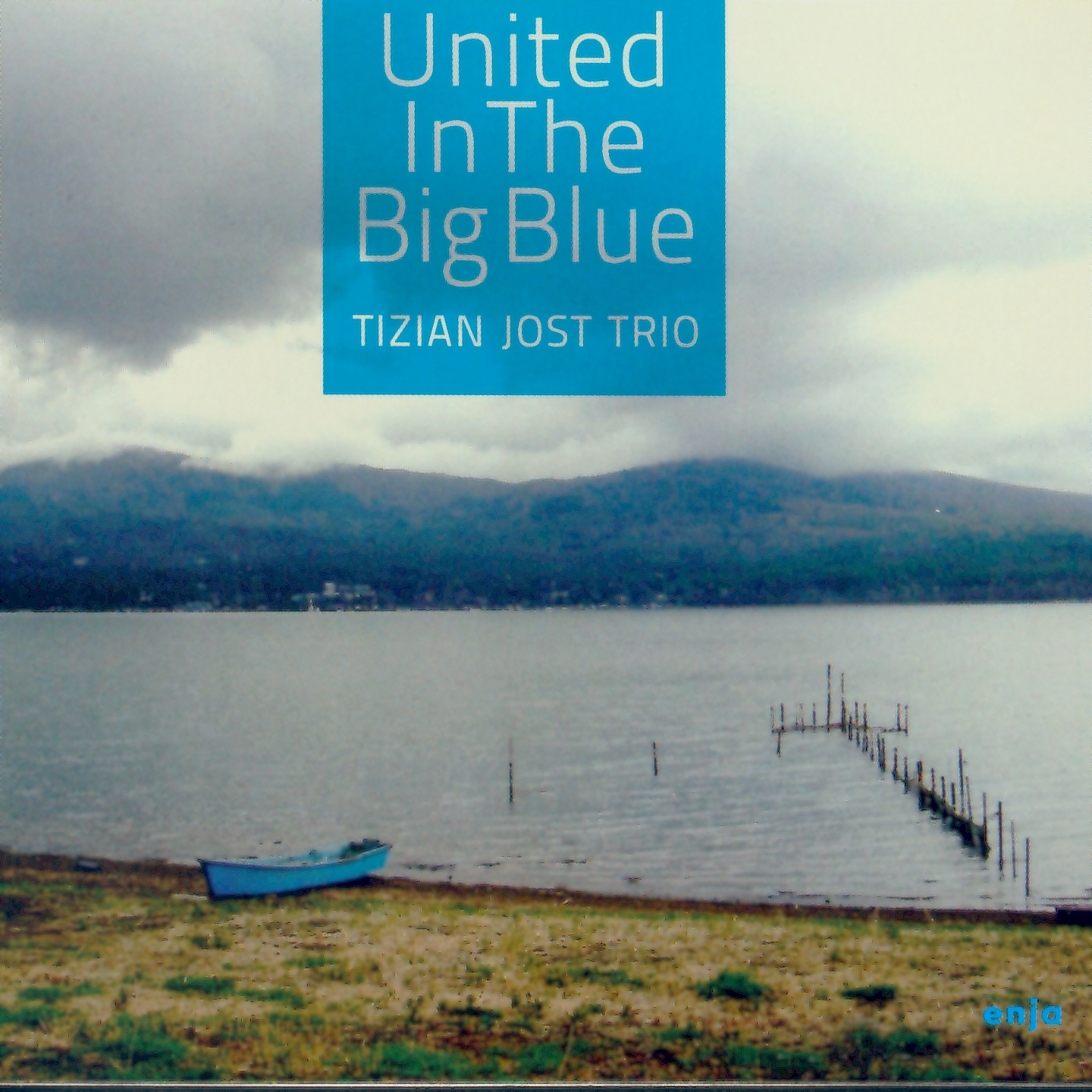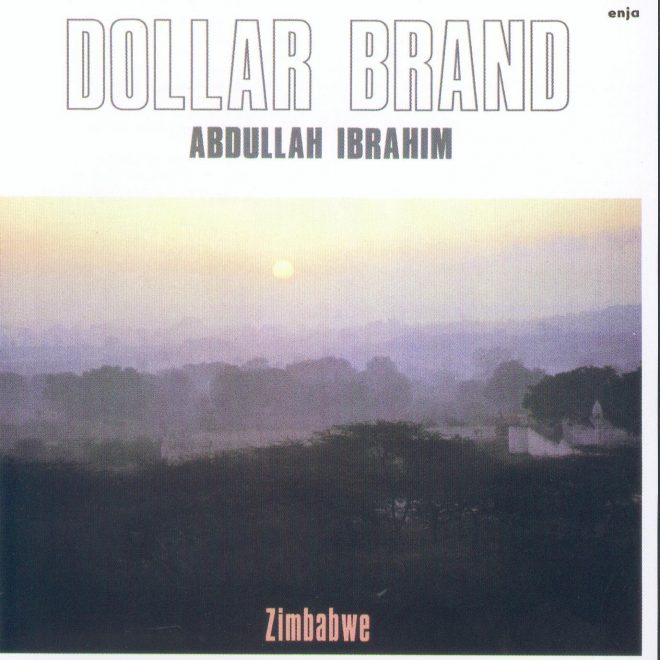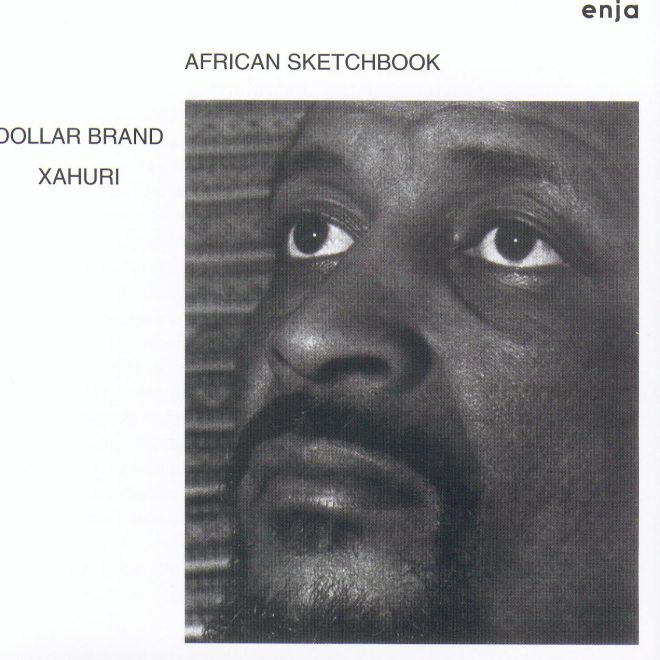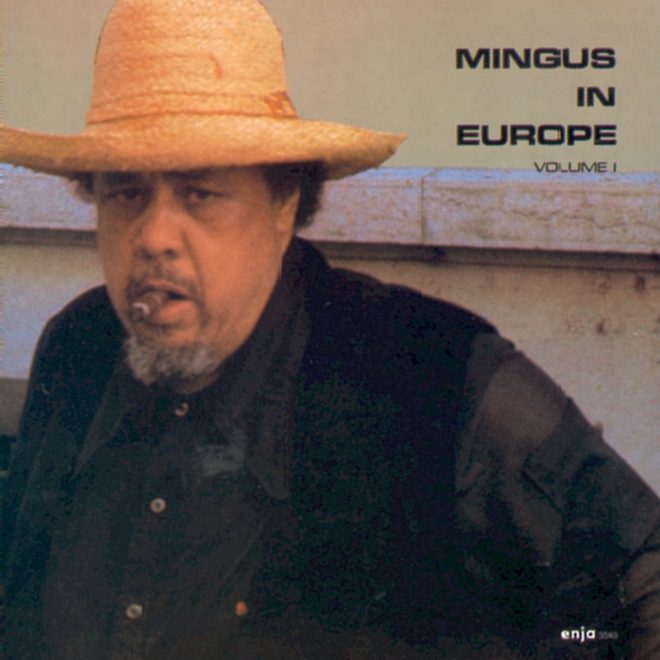Beschreibung
It sounds like a fairy tale from a better time. In the 1990’s, when Tizian Jost would show up at a jazz club with a bass player and a drummer, the guests were truly glad to be able to listen to a piano trio once again. Today, however, they would frown at the idea. Since the trio innovations of “trend-setters” Keith Jarrett and Brad Mehldau, the expansion of this improvisational triangle has known no bounds, regardless of all the talk of a crisis in jazz. Maybe it is also a German phenomenon to latch on to someone like Titian Jost.
If someone would label Jost the prototype of the “artist deserving greater recognition”, they would not be far from the truth. Despite his seminal duos with saxophonist-friend Günther Klatt (whose death in December of 2012 at the age of 55 was much too early), despite his many celebrated collaborations with the likes of Till Brönner, Till Martin, Stephan Holstein, and Paulo Morello, Jost remains one of the best kept secrets of the national jazz scene. In jazz-loving Japan, however, he is a star. There the Atelier Sawano label has sold more than 20,000 of his four trio CDs, the last being the 2010 “We’ll Meet Again”. The reason? Jazz enjoys a completely different status in the land of the rising sun; it is a part of high culture, on the same level as classical music, the theater, ballet, and the fine arts. It also has to do with an inexplicable magic that the piano exerts on the Far Eastern ear, even in this era of digital overload. And then there is the Japanese’s strange weakness for elegantly constructed, subtly swinging melancholy, the sort of sound cosmos that Thelonious Monk, Bill Evans, and McCoy Tyner began to stake out, and that Titian Jost, with his natural creative power, gracefully continues to interpret.
Horst Weber also liked the heady pianistic architecture of the man with two careers. Enja Record’s co-founder had retired to Garmisch-Partenkirchen where he frequently met Tizian at the Jazz-Gap Jazzclub. Offstage, the two would often sit down and chat. Weber would recount stories from his colorful Enja days, recounting his relationships with the likes of Abdullah Ibrahim on through to John Scofield, which fascinated the keyboard virtuososo . Without this Munich label and its interest in the tradition of modern jazz, and especially, without slices of Tommy Flanagan’s piano trio, Tizian Jost’s career would almost certainly have moved in an entirely different direction.
By the time Enja was formed, Horst Weber already was an intimate, well-connected connoisseur of Japan. He knew that success in this foreign land could not be carried over to Europe, where jazz has a weak market profile. This is the reason he wanted to help this young man, who reminded Horst of so many other great players who had been fellow travellers on his long career. He offered to produce a new piano trio CD made up solely of Titian’s own compositions, a step that could possibly turn the tide for Jost. Titian, joined by such excellent musicians as bassist Thomas Stabenow and drummer Mario Gonzi, form a construct that, in terms of aesthetics, subtly but unmistakeably distinguishes itself from the innumerable trios currently on the scene. But the man who came up with the idea did not live to hear its completion. Horst Weber died in February 2012 at the age of 78.
Thus “United In The Big Blue” came into being unexpectedly, a stylish, authentic obituary for a man who during his life understood that jazz was a global force that could build bridges and heal wounds. But it is also Titian Jost’s calling card; this extraordinary pianist has assembled his best ideas out of over two decades of play, and bundled together all of his influences and experience. It is a fittingly moving, inspiring, and altogether unusual collection of poetic paintings in sound. It sounds like a fairy tale from a better time. In the 1990’s, when Tizian Jost would show up at a jazz club with a bass player and a drummer, the guests were truly glad to be able to listen to a piano trio once again. Today, however, they would frown at the idea. Since the trio innovations of “trend-setters” Keith Jarrett and Brad Mehldau, the expansion of this improvisational triangle has known no bounds, regardless of all the talk of a crisis in jazz. Maybe it is also a German phenomenon to latch on to someone like Titian Jost.
If someone would label Jost the prototype of the “artist deserving greater recognition”, they would not be far from the truth. Despite his seminal duos with saxophonist-friend Günther Klatt (whose death in December of 2012 at the age of 55 was much too early), despite his many celebrated collaborations with the likes of Till Brönner, Till Martin, Stephan Holstein, and Paulo Morello, Jost remains one of the best kept secrets of the national jazz scene. In jazz-loving Japan, however, he is a star. There the Atelier Sawano label has sold more than 20,000 of his four trio CDs, the last being the 2010 “We’ll Meet Again”. The reason? Jazz enjoys a completely different status in the land of the rising sun; it is a part of high culture, on the same level as classical music, the theater, ballet, and the fine arts. It also has to do with an inexplicable magic that the piano exerts on the Far Eastern ear, even in this era of digital overload. And then there is the Japanese’s strange weakness for elegantly constructed, subtly swinging melancholy, the sort of sound cosmos that Thelonious Monk, Bill Evans, and McCoy Tyner began to stake out, and that Titian Jost, with his natural creative power, gracefully continues to interpret.
Horst Weber also liked the heady pianistic architecture of the man with two careers. Enja Record’s co-founder had retired to Garmisch-Partenkirchen where he frequently met Tizian at the Jazz-Gap Jazzclub. Offstage, the two would often sit down and chat. Weber would recount stories from his colorful Enja days, recounting his relationships with the likes of Abdullah Ibrahim on through to John Scofield, which fascinated the keyboard virtuososo . Without this Munich label and its interest in the tradition of modern jazz, and especially, without slices of Tommy Flanagan’s piano trio, Tizian Jost’s career would almost certainly have moved in an entirely different direction.
By the time Enja was formed, Horst Weber already was an intimate, well-connected connoisseur of Japan. He knew that success in this foreign land could not be carried over to Europe, where jazz has a weak market profile. This is the reason he wanted to help this young man, who reminded Horst of so many other great players who had been fellow travellers on his long career. He offered to produce a new piano trio CD made up solely of Titian’s own compositions, a step that could possibly turn the tide for Jost. Titian, joined by such excellent musicians as bassist Thomas Stabenow and drummer Mario Gonzi, form a construct that, in terms of aesthetics, subtly but unmistakeably distinguishes itself from the innumerable trios currently on the scene. But the man who came up with the idea did not live to hear its completion. Horst Weber died in February 2012 at the age of 78.
Thus “United In The Big Blue” came into being unexpectedly, a stylish, authentic obituary for a man who during his life understood that jazz was a global force that could build bridges and heal wounds. But it is also Titian Jost’s calling card; this extraordinary pianist has assembled his best ideas out of over two decades of play, and bundled together all of his influences and experience. It is a fittingly moving, inspiring, and altogether unusual collection of poetic paintings in sound. It sounds like a fairy tale from a better time. In the 1990’s, when Tizian Jost would show up at a jazz club with a bass player and a drummer, the guests were truly glad to be able to listen to a piano trio once again. Today, however, they would frown at the idea. Since the trio innovations of “trend-setters” Keith Jarrett and Brad Mehldau, the expansion of this improvisational triangle has known no bounds, regardless of all the talk of a crisis in jazz. Maybe it is also a German phenomenon to latch on to someone like Titian Jost.
If someone would label Jost the prototype of the “artist deserving greater recognition”, they would not be far from the truth. Despite his seminal duos with saxophonist-friend Günther Klatt (whose death in December of 2012 at the age of 55 was much too early), despite his many celebrated collaborations with the likes of Till Brönner, Till Martin, Stephan Holstein, and Paulo Morello, Jost remains one of the best kept secrets of the national jazz scene. In jazz-loving Japan, however, he is a star. There the Atelier Sawano label has sold more than 20,000 of his four trio CDs, the last being the 2010 “We’ll Meet Again”. The reason? Jazz enjoys a completely different status in the land of the rising sun; it is a part of high culture, on the same level as classical music, the theater, ballet, and the fine arts. It also has to do with an inexplicable magic that the piano exerts on the Far Eastern ear, even in this era of digital overload. And then there is the Japanese’s strange weakness for elegantly constructed, subtly swinging melancholy, the sort of sound cosmos that Thelonious Monk, Bill Evans, and McCoy Tyner began to stake out, and that Titian Jost, with his natural creative power, gracefully continues to interpret.
Horst Weber also liked the heady pianistic architecture of the man with two careers. Enja Record’s co-founder had retired to Garmisch-Partenkirchen where he frequently met Tizian at the Jazz-Gap Jazzclub. Offstage, the two would often sit down and chat. Weber would recount stories from his colorful Enja days, recounting his relationships with the likes of Abdullah Ibrahim on through to John Scofield, which fascinated the keyboard virtuososo . Without this Munich label and its interest in the tradition of modern jazz, and especially, without slices of Tommy Flanagan’s piano trio, Tizian Jost’s career would almost certainly have moved in an entirely different direction.
By the time Enja was formed, Horst Weber already was an intimate, well-connected connoisseur of Japan. He knew that success in this foreign land could not be carried over to Europe, where jazz has a weak market profile. This is the reason he wanted to help this young man, who reminded Horst of so many other great players who had been fellow travellers on his long career. He offered to produce a new piano trio CD made up solely of Titian’s own compositions, a step that could possibly turn the tide for Jost. Titian, joined by such excellent musicians as bassist Thomas Stabenow and drummer Mario Gonzi, form a construct that, in terms of aesthetics, subtly but unmistakeably distinguishes itself from the innumerable trios currently on the scene. But the man who came up with the idea did not live to hear its completion. Horst Weber died in February 2012 at the age of 78.
Thus “United In The Big Blue” came into being unexpectedly, a stylish, authentic obituary for a man who during his life understood that jazz was a global force that could build bridges and heal wounds. But it is also Titian Jost’s calling card; this extraordinary pianist has assembled his best ideas out of over two decades of play, and bundled together all of his influences and experience. It is a fittingly moving, inspiring, and altogether unusual collection of poetic paintings in sound.




